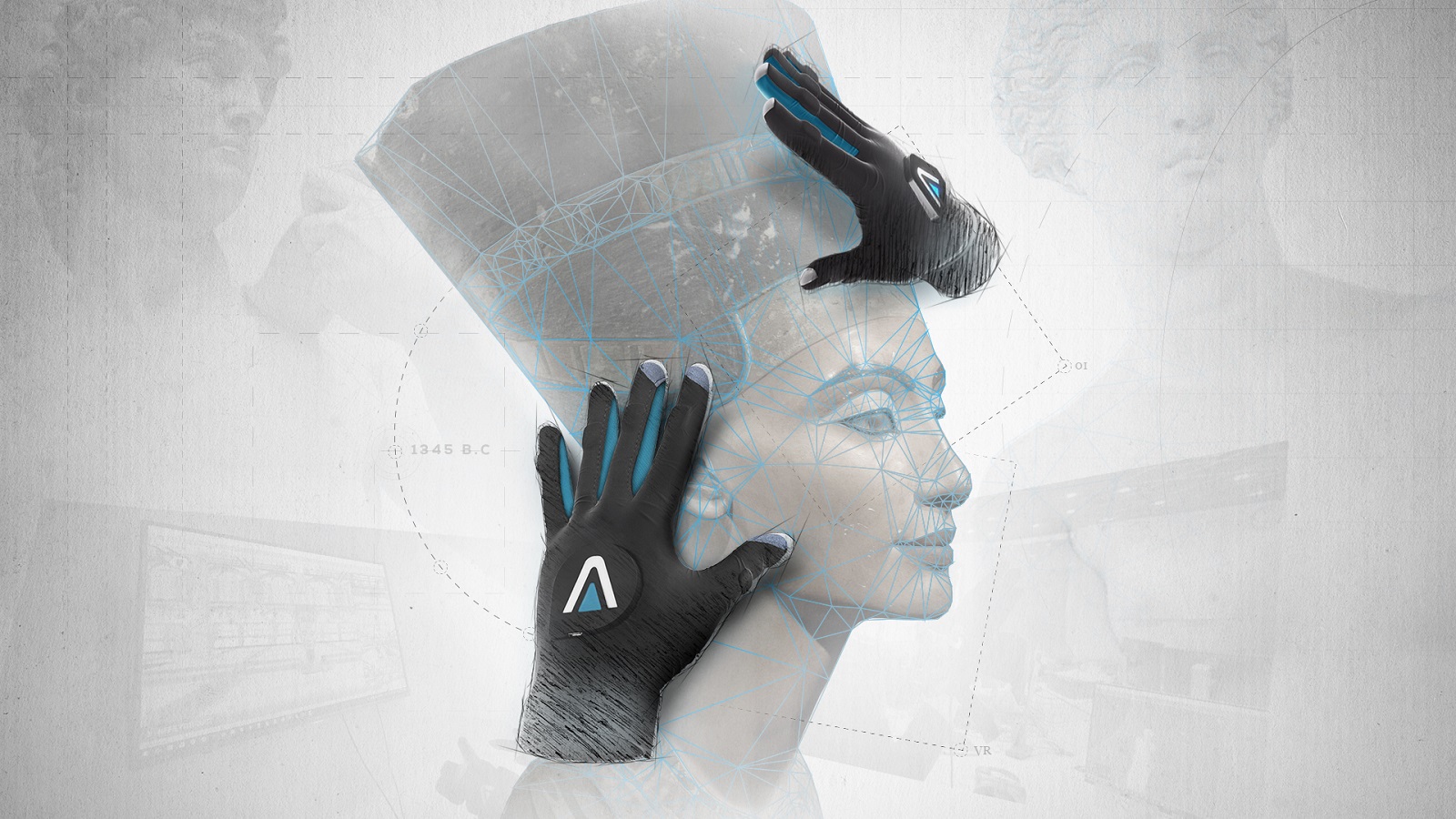When it comes to everyday objects, anyone can admire their beauty and grandeur just by looking at them or even by touching them. But when it comes to actual art objects, touching is out of the question. Museums and art galleries have a mutual understanding with the visitors not to touch the exhibited objects. And that’s perfectly understandable: art pieces must be preserved and protected so that future generations can enjoy them. Unfortunately, this makes art not so accessible to the blind and visually impaired.
On the other hand, there’s a lot of progress being made in this respect. Museo del Prado launched an exhibition titled “Touching the Prado” that features six three-dimensional works of art copied after a series of well-known artworks. Other examples worthy of applause include Louvre Paris’ the “Sculpting the Body” touch tour, the Denver Art Museum which created a series of tactile art, and, most recently, the National Gallery in Prague which has become the host of the “Touching Masterpieces” exhibition.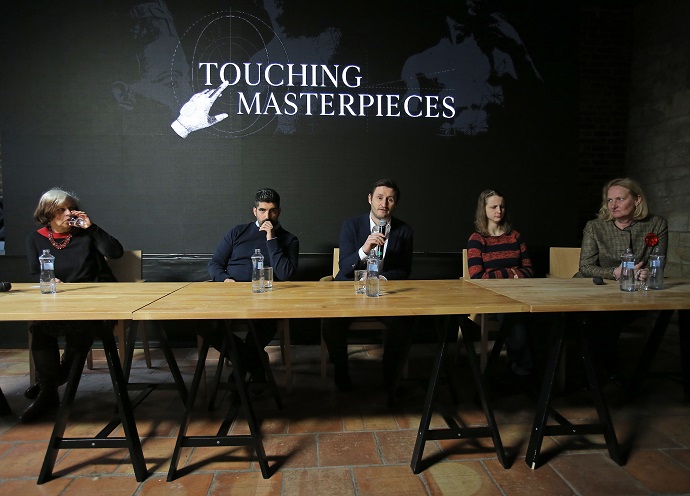
The latter exhibition is what caught our attention the most because, unlike the other collections that use one-to-one sculptures and 3D copies of famous paintings, the Czech one is based on virtual reality technology only — and not the ordinary one. It provides much more than just a headset and stunning visuals.
Blooming out of the hands of the creative team of Geometry Prague and tech maniacs of NeuroDigital Technologies, in collaboration with the Leontinka Foundation for the blind and the visually impaired, the one-of-a-kind VR experience makes art more accessible to blind people. Mainly thanks to the haptic technology it relies on.
To embark on the VR experience unlike any other, blind patrons are invited to put on a pair of NeuroDigital’s haptic gloves. Armed with high-tech equipment, they are free to explore avatars of some of the world’s most famous sculptural masterpieces, such as Michelangelo’s David, the Venus de Milo or the bust of Nefertiti.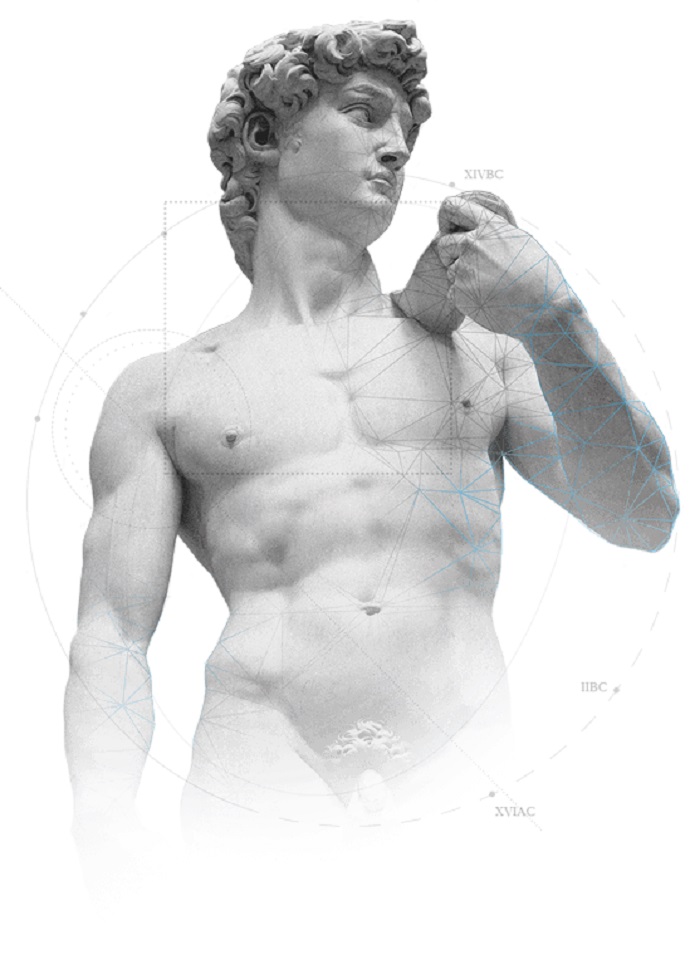
To create the virtual statues, the Almeria-based software company mapped the original artworks with laser scans. Then, by developing unique UV unwrapping and re-topology and also by adding extra levels of texture, the team adjusted the digital sculptures so that they encompass every real-life detail.
The result is a realistic tactile experience that allows visually-impaired visitors to feel every feature of the masterpieces. Here’s how it works:
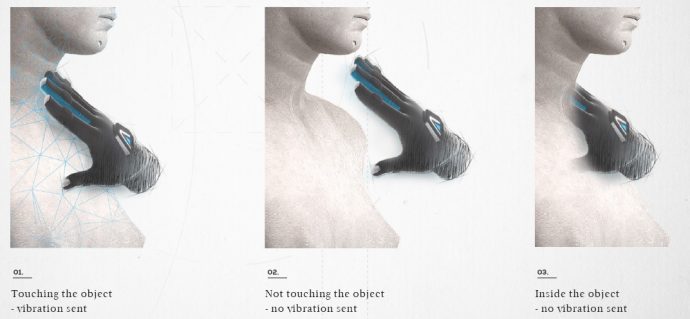
The unusual gallery went live at the National Gallery in Prague on 23-24 March, but those who missed the exhibition can still immerse themselves in this adventure wherever and whenever they want. To become a part of this wonderful virtual world, all users need to do is to download the 3D sculptures and get their hands on the gloves.
However, the Prague-based agency wants to find a permanent location for the installation. “We’re in contact with the National Gallery in Prague discussing the best place for the permanent exhibit – as it should ideally be overall blind-friendly,” Creative Director Julia Dovlatova said to branding.news.
Geometry Prague and The Leontinka Foundation are long-term partners and as Dovlatova explains, they are “probably bit more aware of the problems blind people face in life” and also the creative team tries to “constantly educate [themselves] in cutting-edge tech in search for the most efficient solutions to human needs.”
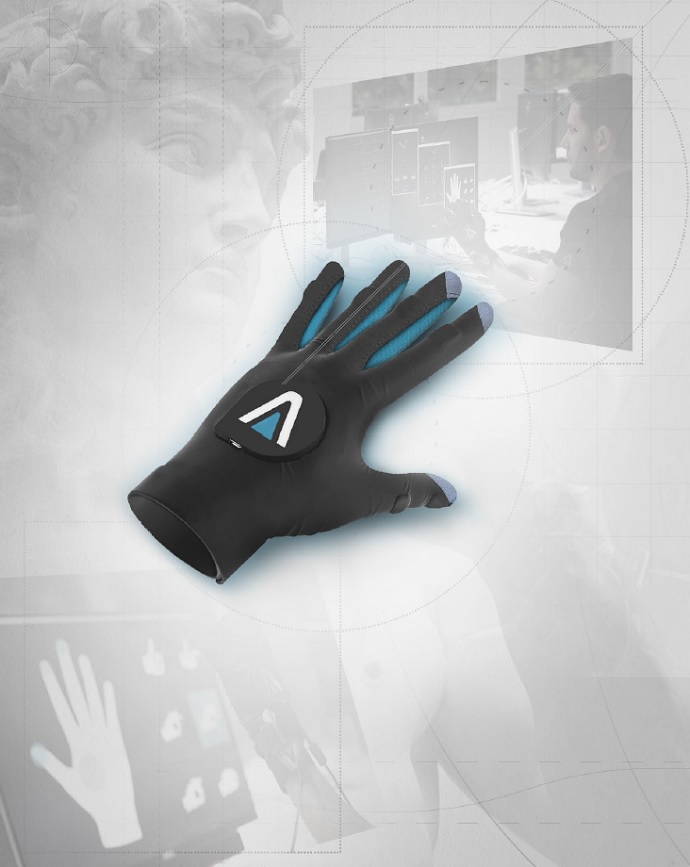
Moreover, the agency is indeed considering the idea of installing or exhibiting the experience in other galleries, be they national or international museums. “That’s our big ambition,” adds Dovlatova. The Creative Director also mentioned that they hope to implement the project in schools: “We’re also developing plans with Leontinka Foundation trying to find the best way how to use it for educational purposes.”
The real beauty of the project lies in the fact that although it was created as an efficient solution to help visually-impaired people to “see” art, the installation can be used to fuel other people’s (or children’s) curiosity by allowing them to feel the shape of some iconic art pieces that, in reality, would be almost impossible to touch.
Although the idea sparked into the creatives’ minds over a year and a half ago, the technology wasn’t ready at the time and the project’s first contours were drawn in summer 2017. To catch a glimpse of what the experience feels like, check out the two-minute-long video created by Geometry Prague:
If you’re interested in the background of the project, take a look at how blind and visually impaired people see by touch. You will learn how haptic feedback is configured to let them decide which vibrotactile actuators they want to use. And also, how they can actually have some fun. Just click one of the play buttons below.
Credits:
Project: Touching Masterpieces
Client: National Gallery of Prague
Agency: Geometry Prague
Partners: Leontinka Foundation, NeuroDigital Technologies
